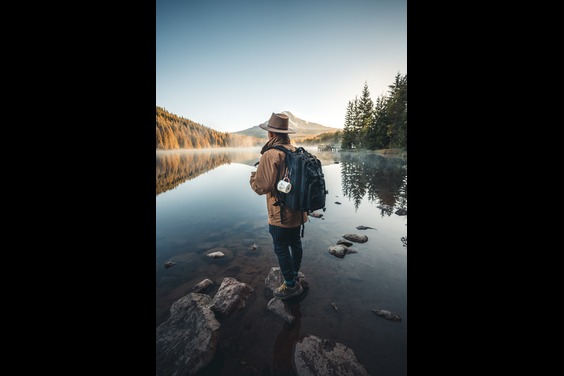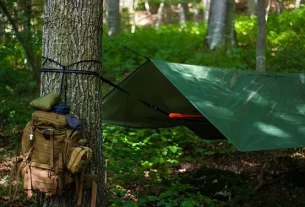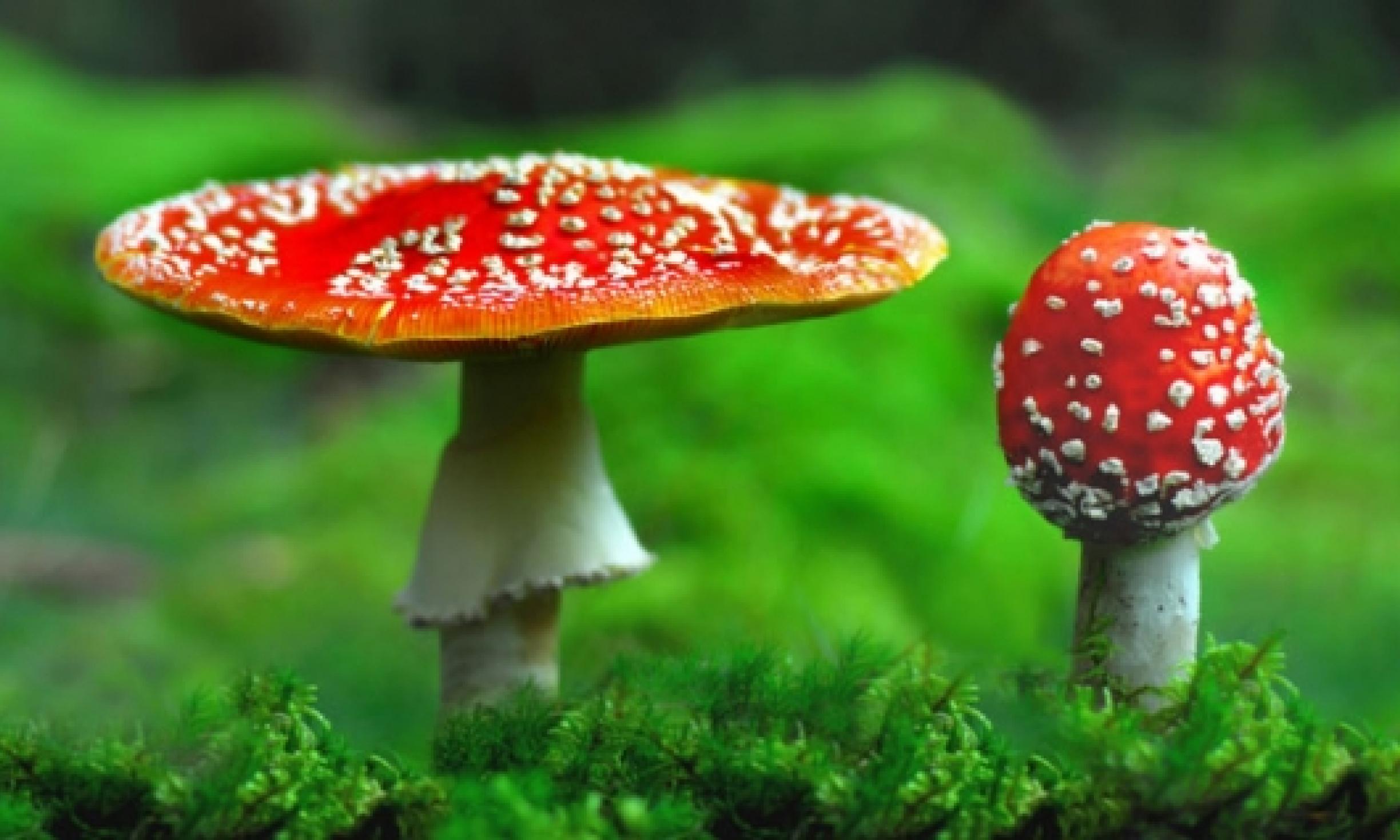Introduction:
Embarking on an outdoor adventure is a thrilling experience, but in the midst of the beauty, ensuring access to clean water is paramount for survival. River water, while seemingly pristine, can be a source of potential danger due to contaminants that lurk beneath the surface. In this extensive guide, we’ll delve into the nuances of water purification, exploring 10 innovative and practical methods to filter river water, ensuring a safe and secure water-source in any survival situation.
I. Understanding the Risks:
Before we dive into the intricacies of water purification, it’s crucial to grasp the risks associated with consuming untreated river water. Bacteria, parasites, and pollutants are formidable adversaries that can wreak havoc on your health. Hence, mastering water-purification techniques becomes not just a skill but a necessity for any outdoor enthusiast or survivalist navigating the unpredictable wilderness.
II. Boiling Water – A Time-Tested Classic:
The age-old practice of boiling water remains a cornerstone of water-purification. By subjecting river water to a vigorous boil for a minimum of 1-3 minutes, you can effectively neutralize most bacteria, viruses, and parasites, making it safe for consumption. This simple and time-tested method requires only a heat source and a suitable container.
III. Portable Water Filters – Your Compact Ally:

Modern adventurers benefit from the compact efficiency of portable water filters. These devices employ advanced filtration technology to remove impurities, offering a convenient and rapid solution to make river water potable. When selecting a filter, consider the pore size, ensuring it is small enough to capture microorganisms that could otherwise escape.
IV. Water Purification Tablets – Swift and Sure:
For those on the move, water purification tablets present a swift and sure solution. Typically containing chlorine or iodine, these tablets efficiently kill harmful microorganisms. Follow the instructions diligently, as the right dosage and wait times are crucial for optimal results. Portable and lightweight, these tablets are a valuable addition to any survival kit.
V. DIY Filtration Systems – Ingenious Wilderness Hacks:
In the spirit of resourcefulness, mastering the art of constructing a makeshift water filter from readily available materials can be a game-changer in survival situations. Learn to craft a DIY filter using basic elements like sand, charcoal, and gravel. This ingenious yet straightforward method can significantly enhance water quality, even in the most challenging environments.
Constructing Your DIY Water Filter: A Step-by-Step Guide
-
Gather Materials:
- Sand
- Charcoal
- Gravel
- Two containers
- Cloth or mesh
-
Assemble the Filter:
- Place a layer of gravel at the bottom of one container.
- Add a layer of charcoal on top of the gravel.
- Cover the charcoal with a layer of sand.
- Optionally, add another layer of charcoal.
- Place a cloth or mesh over the layers.
-
Filtering Process:
- Pour the river water through the layers.
- Collect the filtered water in the second container.
- Repeat the process for improved filtration.
VI. Solar Water Disinfection (SODIS) – Let the Sun Do the Work:
Embrace the power of nature with Solar Water Disinfection (SODIS). This method utilizes the sun’s ultraviolet (UV) rays to neutralize pathogens in clear containers of river water. By exposing them to direct sunlight for a minimum of 6 hours, you can harness a natural and eco-friendly purification process.
VII. Ultraviolet (UV) Light Purification – A High-Tech Solution:
Incorporating technology into your survival toolkit, UV light purifiers are gaining popularity. These compact devices use ultraviolet light to disrupt the DNA of microorganisms, rendering them harmless. Ensure your UV purifier is equipped with a reliable power source, such as rechargeable batteries or solar panels.
VIII. Reverse Osmosis – Filtering at the Molecular Level:
For those equipped with advanced technology, reverse osmosis systems provide a cutting-edge solution for water purification. These systems utilize a semi-permeable membrane to filter contaminants at the molecular level, producing exceptionally clean water. While bulkier than other options, the purity achieved is unparalleled.
IX. Using Plants for Filtration – Nature’s Filters:
Nature provides its own water filtration systems through certain plants. Learn to identify and utilize natural water purifiers, such as cattails and water hyacinths, which can absorb impurities from river water. This eco-friendly method complements other purification techniques and strengthens your connection with the environment.
X. Charcoal Filtration – A Simple and Effective Filter:
Activated charcoal’s remarkable adsorption properties make it an effective tool for water filtration. Discover how to create a charcoal filter to remove contaminants from river water. This straightforward method, requiring basic materials, can be a reliable addition to your survival repertoire.
Creating a Charcoal Water Filter: DIY Steps
-
Prepare the Charcoal:
- Use hardwood to make charcoal.
- Crush the charcoal into small, coarse pieces.
-
Assemble the Filter:
- Cut a plastic bottle in half.
- Place a layer of small stones or gravel at the bottom.
- Add a layer of sand on top of the stones.
- Place the crushed charcoal on the sand.
- Add another layer of sand.
-
Filtering Process:
- Pour the river water into the makeshift filter.
- Collect the filtered water in a container.
- Repeat if necessary for improved purity.
FAQs:
Q1: Can I drink river water without purification?
A1: Consuming untreated river water is fraught with risks due to potential contaminants. It’s imperative to employ purification methods to ensure the water is safe for consumption.
Q2: How long should I boil river water for it to be safe to drink?
A2: Boiling river water for at least 1-3 minutes is generally sufficient to eliminate most harmful microorganisms. However, factors such as elevation may necessitate longer boiling times.
Q3: Are water purification tablets safe?
A3: Water purification tablets are safe when used according to the instructions. It’s essential to follow dosage recommendations and wait times to ensure effective water treatment.
Q4: Can I use a portable water filter for salty river water?
A4: Portable water filters are designed for freshwater sources and may not effectively remove salt. Reverse osmosis systems are more suitable for desalination.
Conclusion:
In the tapestry of survival skills, mastering the art of purifying and filtering river water-emerges as a fundamental thread. By comprehensively understanding and implementing these 10 diverse methods, you can ensure a safe and reliable water source even in the most challenging survival scenarios. Remember, preparation and knowledge are your greatest allies in the wild. Stay hydrated, stay safe, and may your adventures be fueled by the confidence of water mastery!



